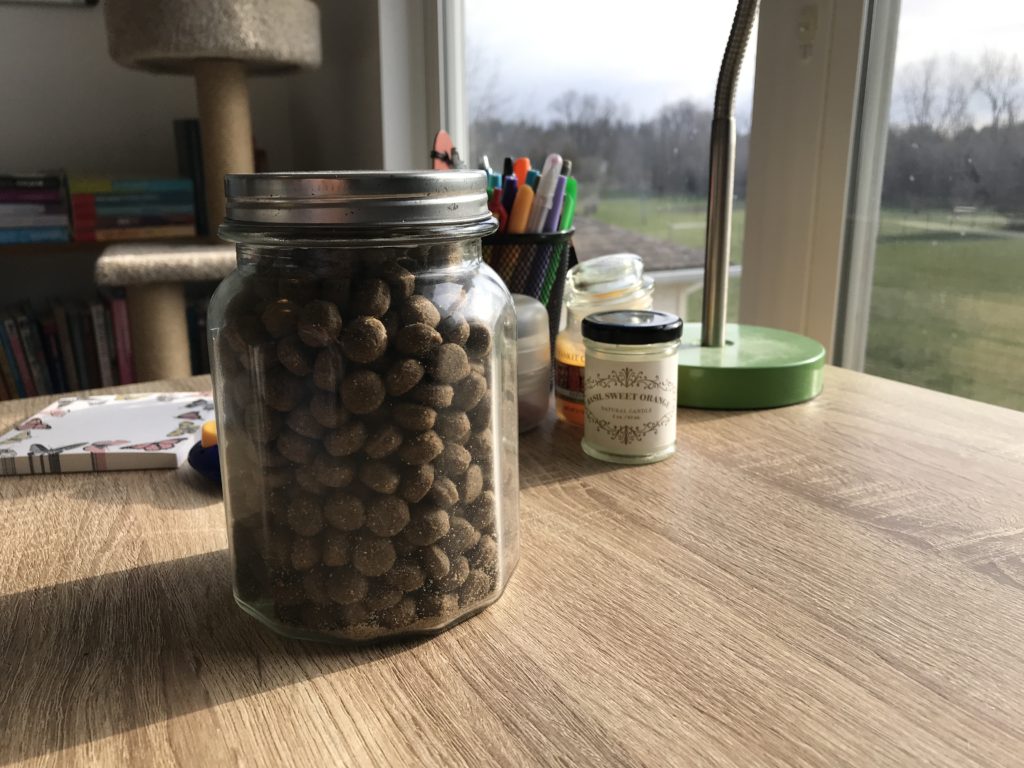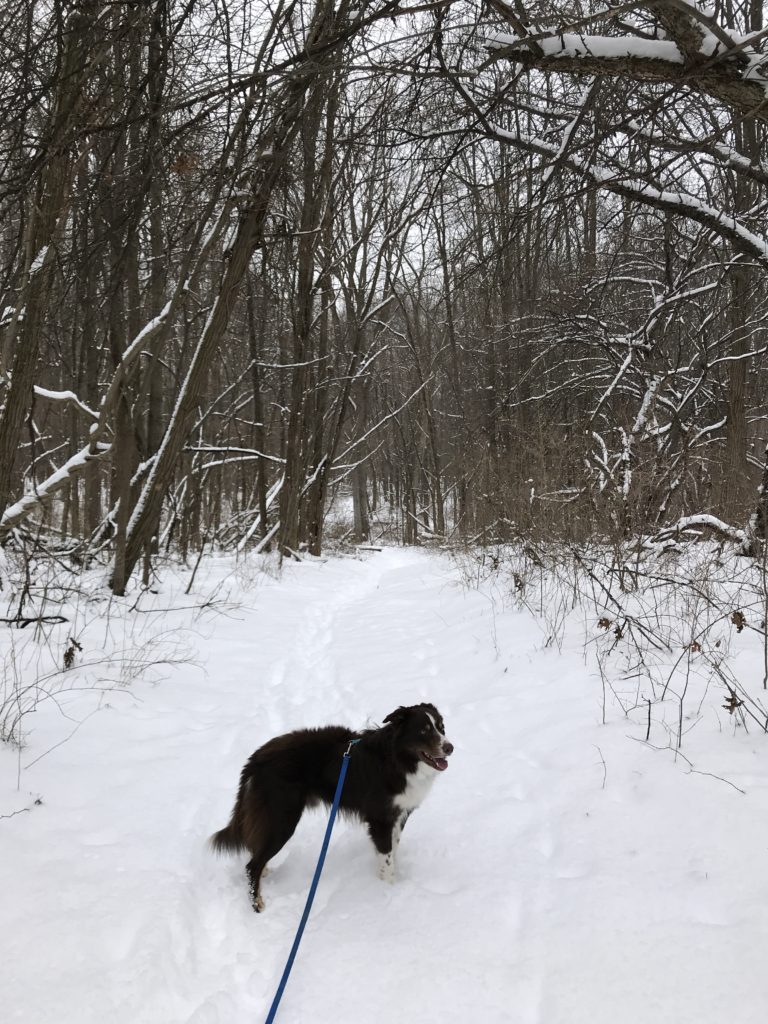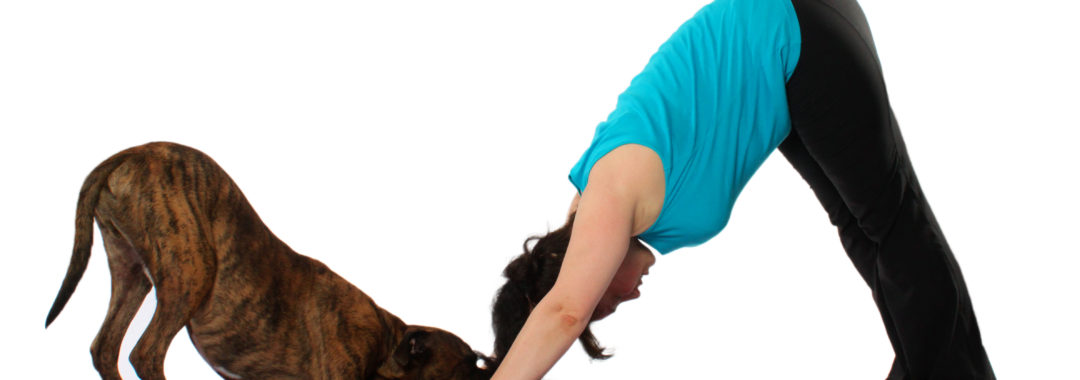
Okay, maybe I should say the most important after my computer. Without my computer, I wouldn’t be sitting at my desk!
But this treat jar is key. It allows me to be ready to reinforce nice behavior on the fly.
The problem I needed to solve: Dan historically has barked (a lot! and loudly!) at delivery people and sometimes when the neighbors dog barks or if he sees deer outside. It’s stressful for both of us and really disruptive to my work flow, especially if I’m on the phone.
So, I’ve been consistently practicing:
Hear a delivery truck, or dog = come to me for treat jar time.
When I hear the truck or dog, I call him by saying “Dan!” in a calm, happy voice. He comes running! He still might woof once or twice and thats fine with me. A few weeks ago, he started to come when he heard the truck or dog, rather than waiting for me to call him. Even better! And the treat jar made this possible.
Here’s some keys to our success with the treat jar:
Special treats.
I use a kibble or dry treat that is different from his normal food. This makes it more interesting than his typical kibble, but will still last a long time at room temperature.
Experience with the jar.
I stumbled across this when I took Julie Daniels class, “Cookie Jar Games” through Fenzi Dog Sports Academy . You’ll notice my jar has a metal screw top. This is important. It makes a very specific sound when you open it. This sound can function as a “click” – a marker to tell your dog “that’s the behavior I like!”. So if I’m on the phone, I don’t have to talk to my dog in order to mark the behavior of checking in with me, I can just open the jar.
(By the way, Cookie Jar Games is available for sale as a self study course and all $$ goes to a fund for Julie’s current cancer treatment – link is here: https://www.fenzidogsportsacademy.com/index.php/courses/4839)
How you give the treats is part of the reinforcer (part of what makes the behavior worth doing).
For Dan, it has been important to toss a few treats into his bed that is next to my desk. It sort of functions as a makeshift snuffle mat, so he can sniff around for the treats. This does three things.
- It makes the treats more valuable, because there is a fun sniffing around activity that goes with them.
- It also stretches out the treat experience in time. So if a truck or dog makes several noises across a few minutes, the doesn’t eat the treat and immediately run to the window and bark. He sniffs around for the treats for 15-20 seconds and then I can either toss a few more in the bed, or wait to let him offer another check in, depending on what I am doing and how intense the truck noise/dog barking is.
- It gives a predictable place for the treats to land. So now when he hears the jar he actually stands between me and the bed. Sometimes he comes in and starts looking in the bed before I’ve gotten the treats there.
This isn’t just for barking, you can use it to reinforce any behavior you like. For example, if your dog is calmly resting in your office space, you can open the jar and place a treat near her nose (calmly). Or if your dog has stolen your underwear out of your closet, you can open the treat jar and trade treats for the underwear. Maybe give one treat to your dog directly for the initial trade, and then playfully toss a few more to add some movement (read: “fun”) into the treat-getting activity.
Finally, you don’t have to stop at one jar. We actually have 4 treat jars in our house. One by each dog’s crate for “going to bed”. One in the kitchen for calling in from outside, or going to mat while we are cooking/cleaning. And one in my office for coming when dogs bark/trucks come.
So, dig through your cupboards, pull out that nice jar you saved for something, someday, load it up and introduce your pup (and yourself) to the joy of the treat jar.









![Dog and Human, doing yoga together: ErharYaksaa [CC BY-SA (https://creativecommons.org/licenses/by-sa/4.0)]](https://i0.wp.com/www.lauraperkinsanimalbehavior.com/wp-content/uploads/2020/01/Downward_Dog_Pose_Doga-CC-Free-to-use-scaled.jpg?fit=720%2C416)













